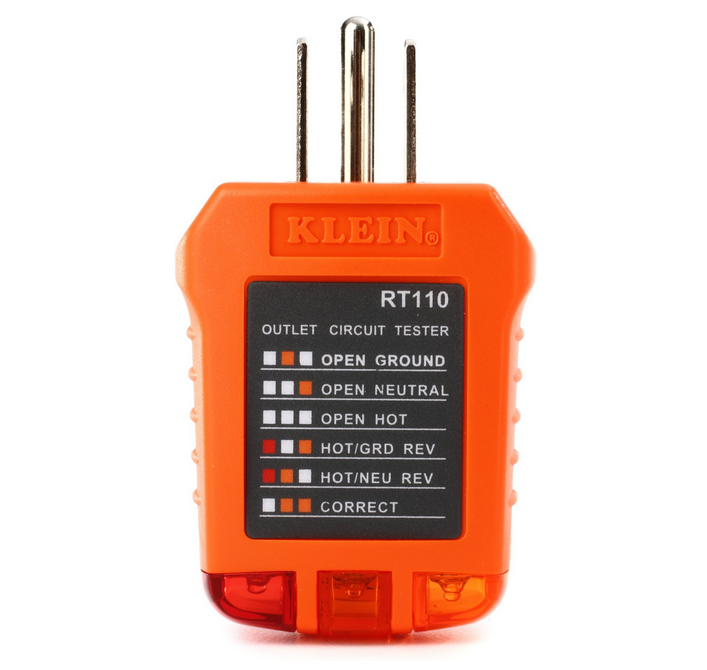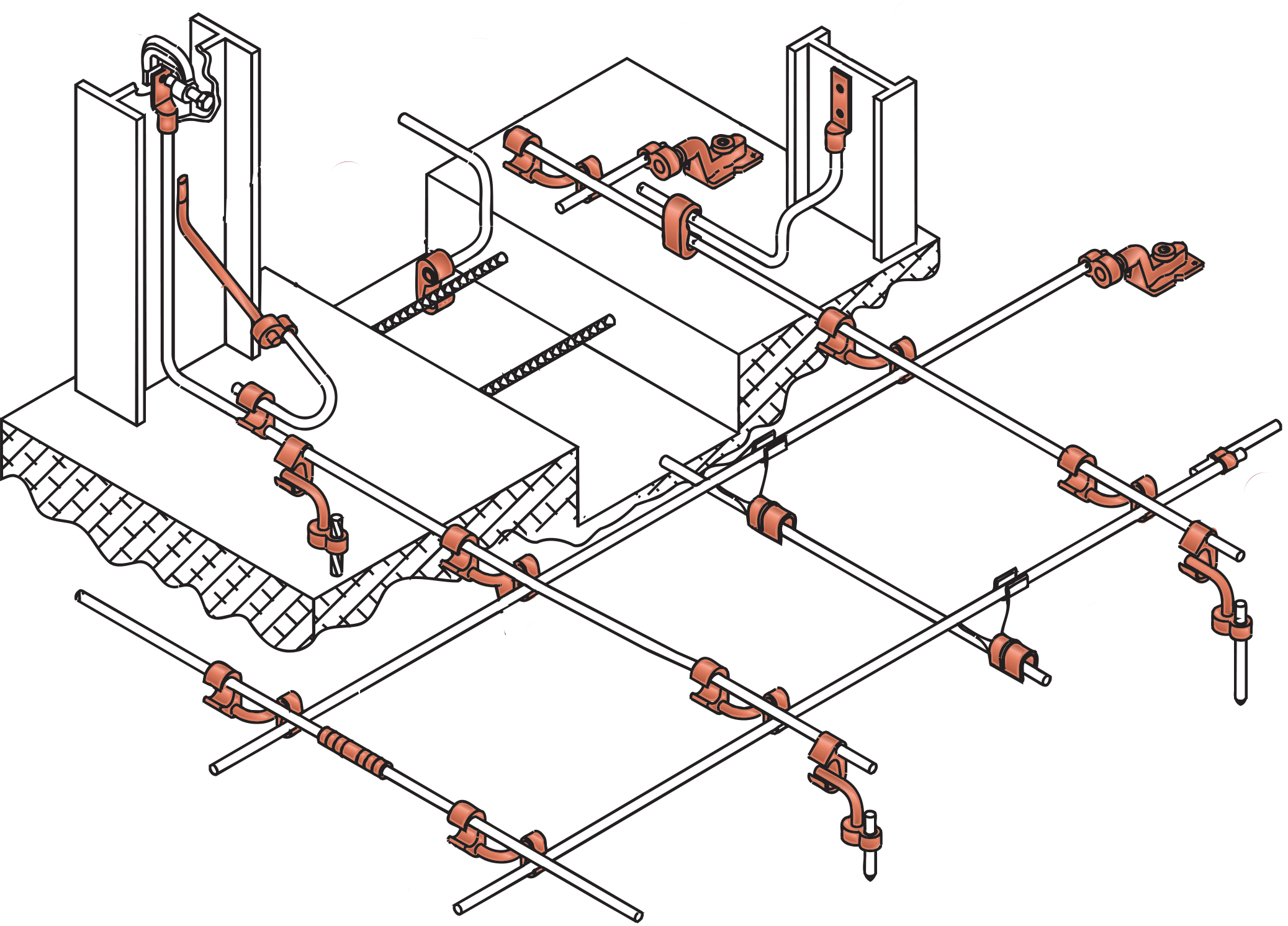Audiophile Grounding

FIRST INSTALLMENT
Introduction:
Our modern world is marinated in electronic noise. Our AC power lines are corrupted with surges, pulses, and switch-mode hash, and our air is filled with radio frequency interference (RFI) and electromagnetic interference (EMI). This noise comes from our appliances, fluorescent lights, the variable speed drives used in our HVAC, light dimmers, controllers used in photo voltaic arrays (solar cells), and even from our cell phones and laser printers.
But why is it that different people’s homes and different electronic components react so differently when exposed to the same noise? For years friends and customers have asked me to write a blog on noise reduction. Being such a broad and multi-faceted topic, I decided to create an in-depth multi-part series.
In the first installments I’ll go over one of the most common and most commonly overlooked causes of noise in audiophile systems: grounding. Grounding can be a bit confusing for most audiophiles. One reason for this is that there are so many different types of grounds, such as Earth ground, AC ground, DC ground, chassis ground, digital ground, and analog ground.
In the following sections I’ll explain some of the differences and relationships between the different types of grounds. I’ll show you how to identify if noise is coming from your ground, how to remove grounding noise from your system, and give you step-by-step directions for DIY projects you can do to optimize your audio system’s grounding.
Earth Ground:
Earth grounding is the physical bonding and/or connection of buildings and equipment to the zero electrical potential of the Earth. The concept of Earth grounding is to protect people and property by dissipating dangerous electrical energy into the soil surrounding a building. The AC boxes, AC conduit, steel girders, HVAC, surge protectors, and cold water lines in most buildings are connected to Earth ground. Also, the ground pin on AC receptacles and the center screw on AC receptacle cover plates should both be connected to Earth ground. Knowing this will be important for the DIY part of this blog.
Notice how I used vague terms like “should” and “most” in the above paragraph? This is because you can’t assume that just because there are modern building safety codes for grounding that the building you are in complies with these safety codes. Between improper updating of electrical systems in older buildings, hungover construction workers, and half-baked DIYers, you can’t assume your building has proper Earth grounding.
Checking for Earth ground on your receptacles is quite easy. All you need is an AC line tester like the one pictured below. You can purchase one of these AC line testers for about $10 at most home improvement stores, hardware stores, and electronics stores. They not only tell you if your receptacle is properly grounded, they also tell you if the AC line and load wires are properly phased or reversed. Just plug it into a receptacle and and read the LEDs. Easy peasy.

So the first step in identifying and resolving noise issues in your audiophile system is to assure that all your receptacles in your listening room are properly grounded and that the AC line and load wires are correctly phased on all receptacles. Note that this is a good idea not just for your listening room, but for all the rooms in your building, as well as the built in appliances and the HVAC system. Not only is this a safety concern, it is also possible for appliances and other electronic items in your building to create noise in your audiophile system because they are improperly phased or grounded.
WARNING!: Having an amateur DIYer mess with electrical systems will void most home owner’s insurance. If the AC tester reads that there is a problem with grounding not being connected or line and load being reversed it is recommended that you hire a licensed and bonded electrician to correct these issues. And if you hire an electrician with advanced grounding expertise, they would also have the equipment to measure the resistance of your building’s ground as will be described later in this blog. Before hiring an electrician, it would be a good idea to ask if they have the equipment used to measure Earth ground resistance.
Advanced Earth Grounding:
There are three concepts in advanced Earth grounding: lowering the resistance of Earth grounding, increasing protection from surges and lightning, and isolating the grounding for sensitive equipment. All three advanced grounding concepts are incorporated by telecommunications companies, aeronautical companies, and professional computer networks. The same type of advanced Earth grounding can also be used by audiophiles to protect and lower the noise floor in their system.
Building grounding systems can be quite advanced, connecting all metal structural elements, as is illustrated by the diagram below. Ideally all steel structural elements, such as girders and rebar concrete reinforcement rods, should be connected to each other and to Earth ground.

But the above diagram is relatively uncommon. The building code in the US currently states that you need to have two six foot copper grounding rods six foot apart. That is it. In addition to grounding rods some buildings ground to the rebar in the foundation (as pictured above), and some to the cold water intake. Theoretically any one of these Earth grounds can be good or bad depending on the conductivity of the soil.
Soils of different mineral and moisture content conduct differently. Moister soil always conducts better and completely dry soil and rocky soil don’t conduct very well. You can significantly improve your building’s Earth grounding by putting more conductive soil around your grounding rods. The photo below is a bag of an advanced grounding soil sold by Lyncole, a high-end grounding specialty company. There is quite a bit of good technical info and several advanced grounding products on their website.

You can also find advanced grounding soil recipes on the internet that involve such things as crushed up charcoal briquettes and sea salt. For the relatively small additional cost, I would recommend going with an advanced grounding soil product manufactured by a notable grounding specialist. Part of my reasons for recommending this has to do with performance and part has to do with useful life. If there is any amount of rain in an area many of these DIY recipes I’ve read about would continually dilute in performance until they are no longer effective.
Surge Protection:
AC line surges can occur as the result of a near by lightning strike, but can also occur for various other external reasons. Whatever the cause, surges can damage buildings and electronic items, so every home owner and property manager needs to take precautions. To protect entire buildings there are several types and sizes of surge protectors. One thing they all have in common is that they shunt excess electrical energy to the Earth Ground. The better your Earth ground, the better your surge protector will work. Below is a photo showing several types and sizes of inline surge protectors.

The best type of surge protectors are installed between the main AC line entering a building and the main power panel. This type of surge protector will protect the entire building. Another good place for a surge protector would be between the main power panel and a sub-panel. Having an dedicated sub-panel for AC lines feeding your audio system that is protected by an inline surge protector is highly recommended. On the other hand, I don’t recommend any type of plug in AC surge protector (power strip). Partly because they are relatively less effective, and partly because they provide no protection of the circuit breakers, wires, and receptacles in your building.
Lightning:
Lightning is such an interesting topic. Aside from there being positive and negative lightning strikes, lightning can travel from cloud to Earth, Earth to cloud, or cloud to cloud. And lightning travels both upward and downward. With a cloud to ground lightning strike a lower intensity downward “leader” travels toward Earth branching out in all directions. When one of the branches conducts with the Earth a “return stroke” takes place which is actually the big blast we associate with a lightning strike.
Since it all happens too fast for the human eye, not only can’t our eyes discern the leader from the return stroke, but the flash we perceive is actually so fast and intense that it stuns our eyes registering with our brain significantly longer than it actually takes place. Below is a GIF of a lightning strike slowed down so that you can view the relationship between the leader and the upward stroke.

Consider some of the facts about lightning:
- Lightning strikes the Earth 40-50 times every second (about 1.4 billion times per year).
- Lightning can strike the ground over 10 miles from the cloud where it originated.
- The temperature in the plasma core of the return stroke can exceed 50,000K.
- The return stroke of a lightning strike averages around 30 kiloamperes.
- Lightning is more likely to strike the same place multiple times.
Back to how all this relates to audiophiles...
It is recommended to have dedicated Earth grounding for your audio system. I’ll explain more about dedicated Earth grounds later in the blog. But one important thing to remember is that it would be risky if there are any lightening Earth grounds close to your dedicated audio Earth ground. You could literally fry your entire system with one lightning strike.
If you are planning on adding more advanced Earth grounding to improve the performance of your audio system, it would be a good idea to make sure the electrician installing your Earth grounding systems isolates your building's lightning ground, your building’s main Earth ground, and your dedicated audio ground from one another.
First things first. Get to a place where you’ve assured that all the wiring in your building is correctly phased, all the grounds to receptacles and appliances in your building are connected, and any safety concerns, such as lightning and surge protection, have been addressed. Now you’re ready to add a dedicated, isolated, high-performance Earth ground for your audio system.
***In the next installment I’ll go over advanced audiophile grounding***
If you like what you read in this blog and are interested in getting more free tips and tricks, check out the rest of the blogs on our website. Also, sign up for our e-newsletter to get more useful info as well as discount coupons, special offers, and first looks at new products. Plus, don’t forget to “like us” on Facebook.
Enjoy!
Benjamin Zwickel
Owner, Mojo Audio
References:
https://www.lyncole.com/Resources
http://www.pfeiffereng.com/Principals%20of%20Electrical%20Grounding.pdf
https://www.advanced-energy.com/upload/File/White_Papers/ENG-Grounding-260-01.pdf
https://www.nssl.noaa.gov/education/svrwx101/lightning/faq/
http://www.esgroundingsolutions.com/different-types-of-grounding-electrodes/
https://earthscience.stackexchange.com/questions/580/why-does-lightning-strike-from-the-ground-up
https://en.wikipedia.org/wiki/Lightning
Note: many of the graphics used in this blog were adapted from graphics taken from these reference sources.
